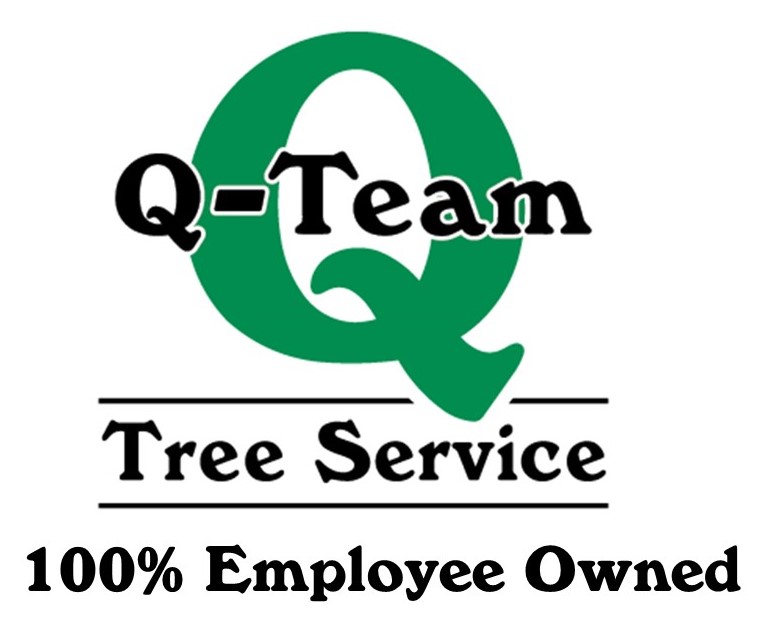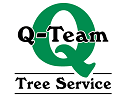In this segment, I would like to focus on tree cutting/pruning in the shoreland zone, particularly the area that lies within 100 feet of a lake or stream. In this area, we use the “point system” to help us determine what, if any, cutting is allowed. We start by gridding the shorefront off into 25′ X 50′ sections (or 25′ X 25′ in some towns) and then we measure and map the existing trees. The measurement is made at 4 1/2 feet above the ground (Diameter at Breast Height or DBH). Each tree is given a point designation, based on it’s size (the larger the tree, the higher the point value). We must maintain a minimum of 24 points (or 12 points in some towns) before any surplus trees may be removed. To discourage the removal of only the small trees and leaving only large trees, no more than half of the 24 points, in each grid section, may come from trees 12″ diameter or larger. Trees that are dead, dying or dangerous (as determined by a licensed Arborist) are usually allowed to be removed, but often times, if this takes a grid section below the minimum required points, new small trees will be required to be planted to take their place, unless new growth is present. Any tree that is smaller than 2″ diameter (DBH) but taller than 3 feet is considered a sapling. A minimum of 5 saplings must be left, if possible, in each grid section. Any vegetation that is 3 feet tall or shorter is considered ground cover. No ground cover is allowed to be removed except for a 6′ wide winding path to the water. A tree may not be stripped of live limbs any higher than the lowest 1/3 of its height. Dead limbs are ok to remove at any height.
The actual shoreland zone goes back a total of 250′ from the water, but the first 100′ is the most critical and the most heavily protected. No more than 40% of the basal area of trees over 4″ DBH may be removed from the entire 250′ shoreland zone in any 10 year period.
Fines for violations can be substantial. Each town has a code enforcement officer that is in charge of policing this tree cutting. Some towns now require a permit for any shoreland zone tree cutting. If you have questions, you should contact your town code officer and/or a competent Arborist. Keep in mind, that you are ultimately responsible for whatever cutting is done, so it pays to know the rules and/or work with an Arborist that you trust completely to stay within the rules. After all, the rules are in place to help keep our lakes and streams clean, which is good for us all.

